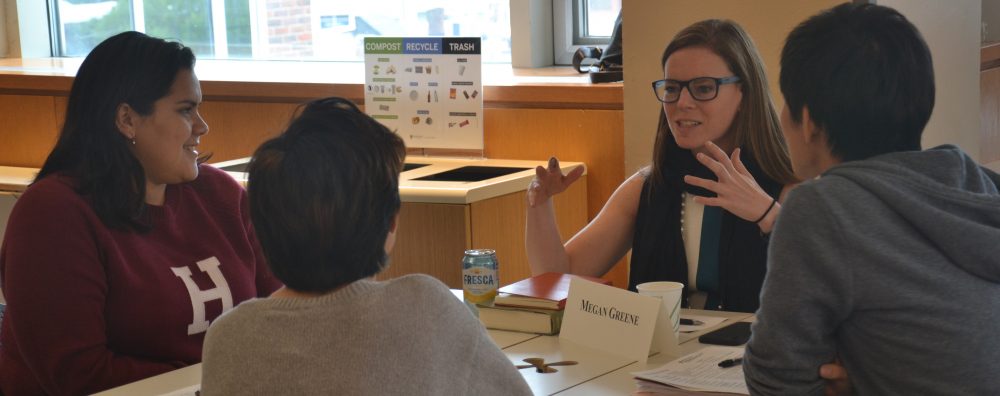I joined Beth Ann Bovino, Jonathan Pingle and Elina Ribakova this week to speak on a panel about the US Economic Outlook at the IIF Annual Meetings, which usually occur alongside the IMF/WB meetings. We discussed what indicators we’re watching closely to see when we may have found a bottom, how the US has handled the shock to the labour market (compared with Europe), whether we should worry about inflation, prospects for the oil market and what that means for the economy and why we all need to care about Emerging Markets right now.
Realities bite in the US
I joined Asset TV to talk about US earnings this far and what they suggest about the US economy, whether we have the right tools to funnel cash where it’s needed in the economy, how long this lockdown will last and what the choreography of reopening the economy might look like and what shape the economic recovery is likely to take. Tune in here: https://www.asset.tv/player/assettv-non-login-player/107510
The Shock of Coronavirus: Hard Truths
Adam Tooze and I had the pleasure of joining Leslie Vinjamuri at Chatham House in this hour-long discussion about the implications of the coronvirus on the US economy, the policy responses in the US vs Europe, what the shape of the recovery might look like and what the most likely vs best paths are for reopening the economy.
EM and developing economies face tough slog
Many EM and developing economies are facing a very rough road ahead.Michael Klein (Fletcher School, Tufts University) and I flesh out why and how in our latest Econofact memo. This issue will no doubt be front and center at the IMF/WB spring meetings this week.
V, U, W or Nike Swoosh?
Here’s a BBC World/BBC News interview I did on the shape of the economic recovery we are likely to face after this eye-watering recession
The Mother of all Recessions
Yep. That’s what we’re facing into. And the recovery probably won’t be V or U-shaped. It might look more like a Nike Swoosh, with the back end zig zagged to reflect intermittent isolation. Or it may look like a square root sign.
In an interview with my alma mater, Phillips Academy Andover, I share some insights on the COVID-19 pandemic and how this crisis is like nothing the world has ever seen before.
Emerging markets are the next domino to fall in the coronavirus crisis
See my latest in Prospect Magazine on why the crisis will hit EM hard and prevent a V-shaped global recovery.
Coronavirus will make inequality worse
The US work force has never before been so vulnerable to a pandemic. See my latest in the Financial Times for how the virus will make inequality much worse.
Pandemic economics
I joined Richard Baldwin and George Papaconstantinou for a webinar on pandemic economics this morning. In it we covered:
What will be the likely economic impact of the COVID-19 pandemic in Europe and the world?
What are the factors determining the length and depth of the crisis and the shape of the recovery?
What are governments doing to mitigate the economic costs of the health crisis, protect jobs and incomes, and ensure economies recover when the worst of the pandemic is over?
Is the $US2 trillion package in the US the right policy instrument? Is it appropriately targeted?
In Europe, is the 750 billion euro Pandemic Emergency Purchase Programme of the European Central Bank sufficient in the current circumstances?
Is there a need for the use of the European Stability Mechanism resources or the creation of a corona-bond?
What will our economies look like once the pandemic is over and the economic recovery is under way?
Please find the recording here.
Policy Response to Coronavirus
I had the great pleasure of joining David Beckworth on his Macro Musings podcast to discuss what monetary and fiscal policy can do to fight the negative impact of the coronavirus, as well as the future of monetary policy given the soon arrival of the effective lower bound. Have a listen!
